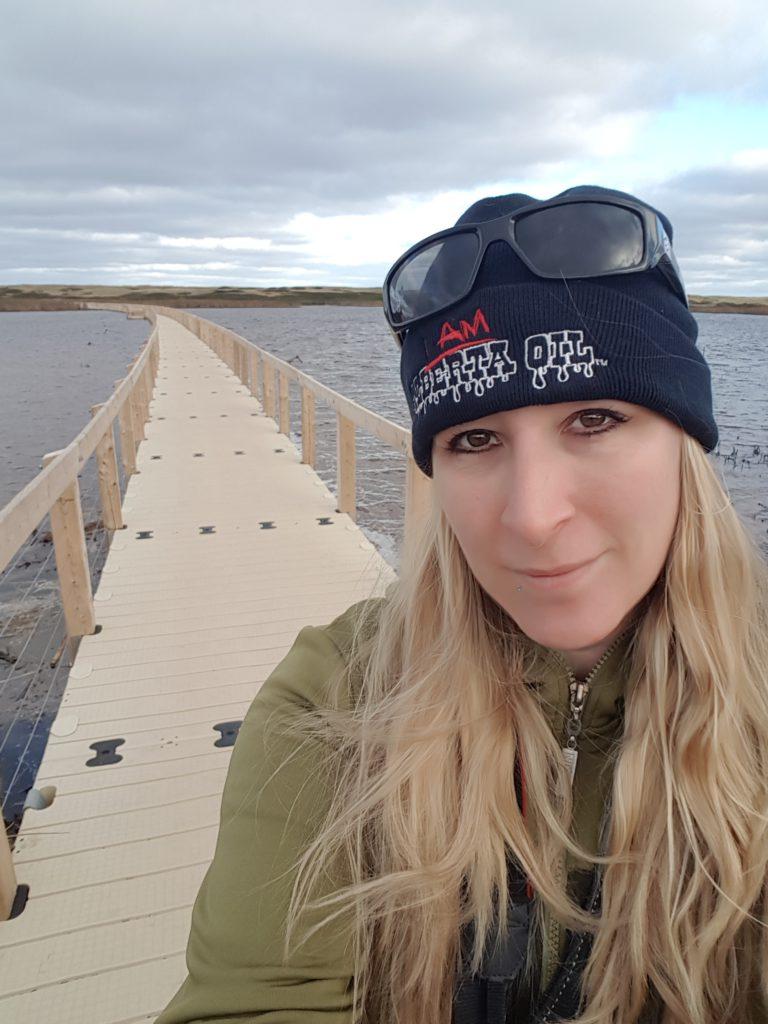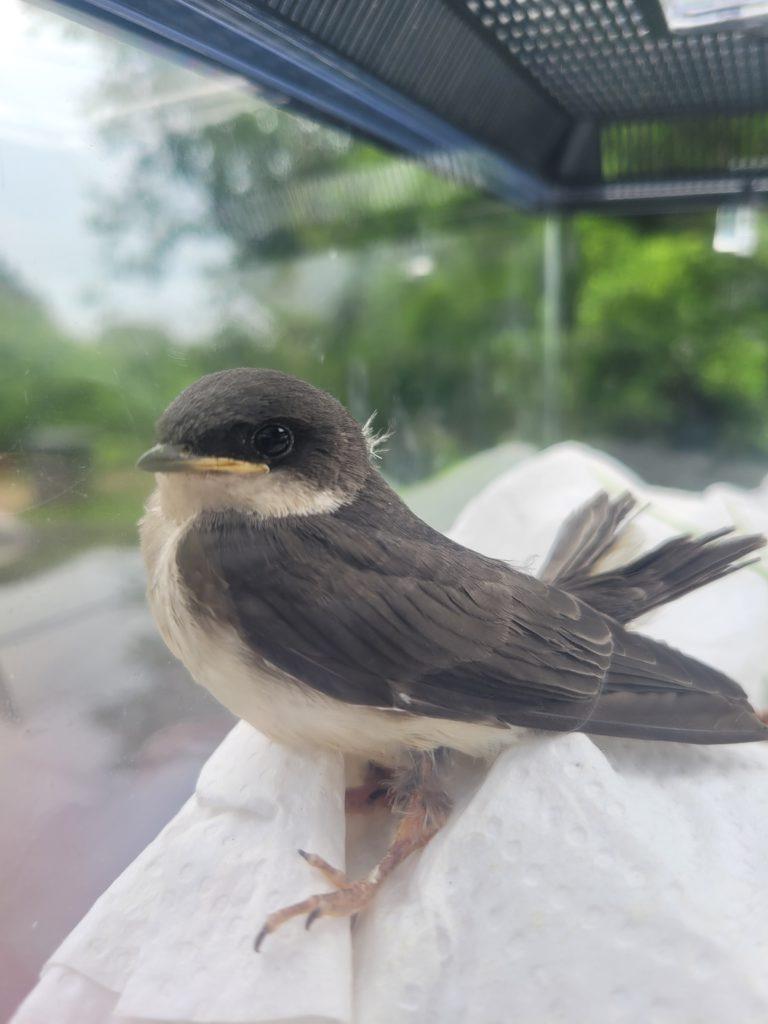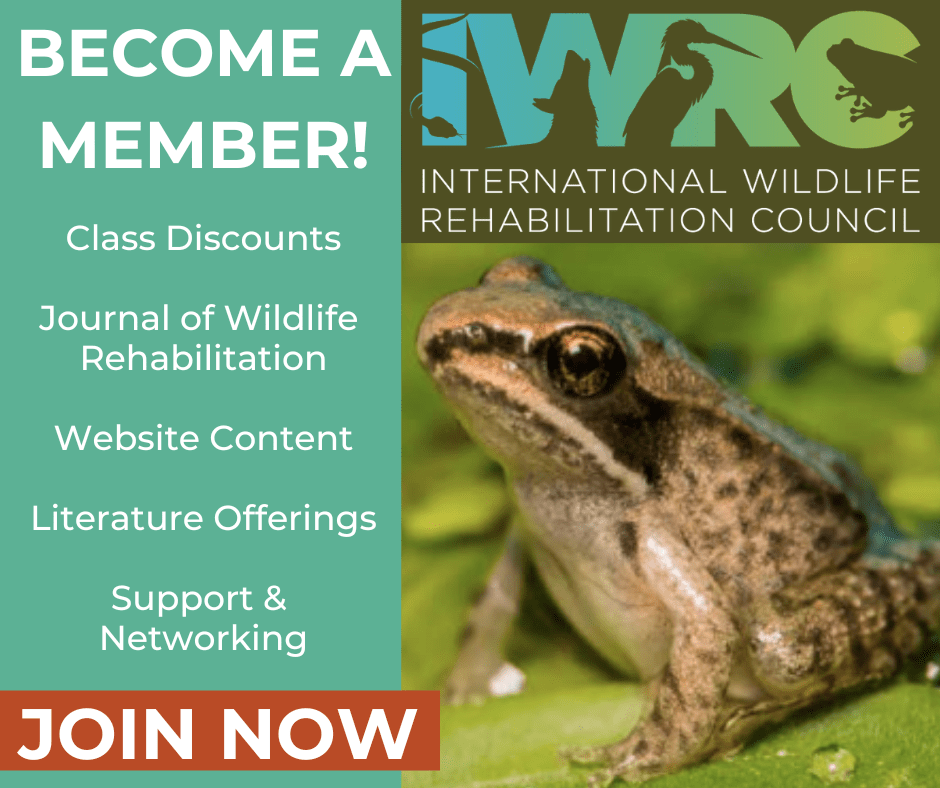Maryrose Carson, 2023 Helene Van Doninck Scholarship Recipient
Tell us a little about yourself:
I have always had a love of all animals, domestic and wild. I used to do a lot of photography of wildlife while out on walks and hikes. A few years ago I came across my first opportunity for a wildlife rescue and I’ve been hooked ever since. I work full-time as a shop manager and journeyman welder as well as a couple of other part-time jobs. I am not sure how I fit it in, but when duty calls for a wildlife transport, I’m there to help when I can. I would love to advocate and help wildlife as my full time employment, but until that is a possibility here on Prince Edward Island (PEI), Canada, I will continue to do what I can.
Tell us about your experience as a wildlife professional:
Over the last three years or so, I have been actively involved in the capture and transport of injured, abandoned and/or ill wildlife on PEI. We only have one rescue/rehab here, PEI Wildlife Rescue and Rehabilitation (PEIWRARI), so there are some extremely busy weeks, especially during the spring and summer seasons. I have completed the Basic Wildlife Rehabilitation Course which has really helped me understand wildlife needs while in my care until I can get them to the rehab. I also get constant guidance, support and assurance from Candy Gallant, owner and sole operator of PEIWRARI.
What brought you into wildlife rehabilitation work?
I can’t remember which animal I personally transported to PEIWRARI, but I would definitely guess a pigeon or a crow. From that point on I frequently became her Central and Eastern PEI rescue, capture, and transport person.
What wildlife species do you rehabilitate?
I personally do not rehabilitate any species at the moment and am strictly transporting but I am working towards getting my own permit. Species I have handled range from all ages of songbirds, shore birds and migratory birds as well as mammals from mice to skunks. Our laws do not allow rehabilitation of raccoons or coyotes.
What is your fondest wildlife rehabilitation memory?
I would have to say it is very rewarding when a nestling or baby mammal finally trusts you enough to feed them. I haven’t been involved in active releases just yet, but I am sure it is also an amazing moment. I also really enjoy some people’s reactions when you come to pick up/rescue an animal in need. They are so thankful that rescues and rehabs are available for wildlife.
What challenges have you faced in your wildlife rehabilitation work?
We only have one place to take wildlife in need on PEI. It has been very frustrating knowing there are facilities capable, but not available. There also seems to be a lot of red tape or closed doors when it comes to seeking veterinary advice/services, when you do not have one on staff or willing to help.
Has the IWRC aided in your journey as a wildlife rehabilitation? If so, can you explain how or give an example?
Absolutely! The books, courses and network of people from all experiences in their own journey, have been amazing! After completing the Basic Wildlife Rehabilitation course, I have some very valuable tools I revisit quite often. With every rescue, I also get more and more comfortable with the information I can share with others.



What common misconception about wildlife rehabilitation would you like to dispel?
People are, in some cases, extremely terrified of wildlife and believe that they all carry disease. With a proper understanding about how to keep yourself and others safe, there really isn’t anything to be terrified of. Conscious yes, but not scared. Education is absolutely important. Also, when a wild animal is frightened it displays almost a seemingly calm attitude. A lot of people seem to think this is a way of the animal saying thank you.
What local, national, or international policy would you like to see that would support wildlife rehabilitation?
It would be amazing to see Provincial Wildlife Departments have their own rehabilitation facilities. They carry the rule books that private permit holders need to follow. It would be great if they were willing and able to lead by example. When a member of the public calls them about a wild animal in distress, it seems the general response they get from Government Departments is “Leave it for 24 hours, and if it’s still there, we will come and take care of it”. Without their own facility for them to take the animal/bird to, it is most likely euthanized.
What do you hope for the future of wildlife rehabilitation?
I would love to see the public take a kinder approach to wildlife, especially with the disappearing rural landscapes and forests for our own homebuilding/urban area expansions. With that said, more and more people are experiencing wildlife, welcome or not, in their own backyards, resulting in more calls for help, for one reason or another. Therefore, easier access for wildlife to seek medical attention is needed.
What message would you like to share with other IWRC members and wildlife rehabilitators across the world?
You are all doing amazing! The losses are always tough, but remember that you are providing a safe and warm place for all to relax, rehab, and in some cases pass. Humans can be cruel and our way of life has really taken a negative toll on wildlife. This is a beautiful way to give back!
Are you passionate about wildlife conservation and rehabilitation? Consider becoming a member of the International Wildlife Rehabilitation Council (IWRC):
https://theiwrc.org/product-category/membership/
As a member of the IWRC, you’ll have access to a wealth of resources and support!




Leave a Reply
You must be logged in to post a comment.